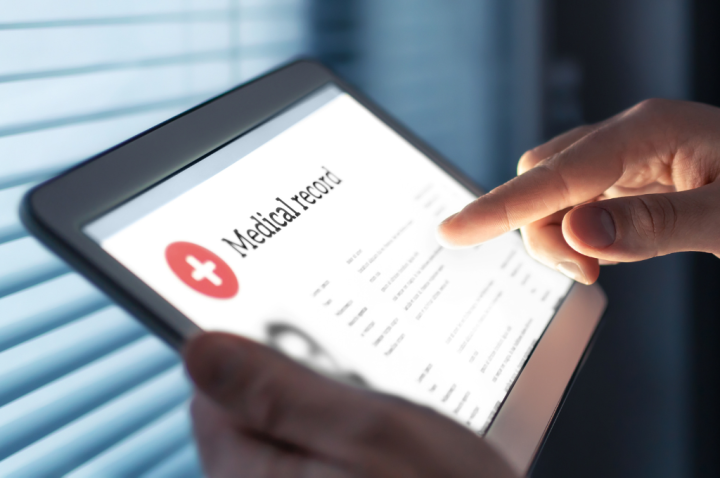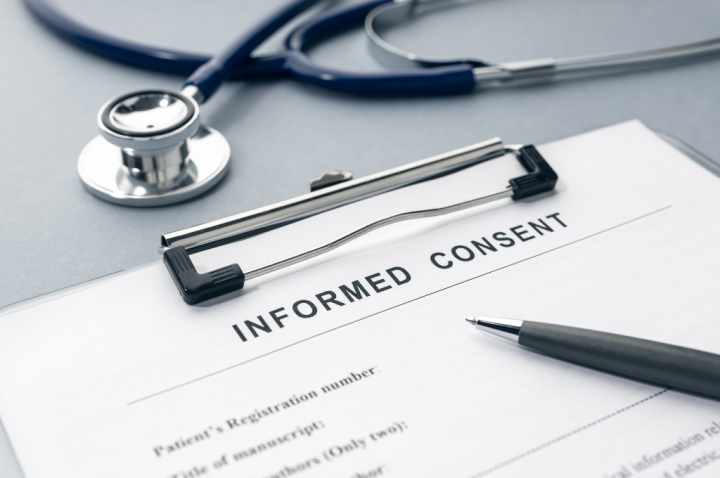Healthcare forms can be filled with technical terms and endless fields that seem to confuse rather than clarify. This isn’t just a minor inconvenience; it directly impacts patient care and the efficiency of healthcare services.
This article cuts through the jargon and complexity, offering clear, actionable insights into handling these critical documents. We’ll explore why these forms matter, their different types, and their overall importance to the healthcare system.
Table of Contents
What are Healthcare Forms?
Healthcare forms hold medical information together. These standard documents are essential for organizing patient information, medical histories, and other pertinent facts that physicians, nurses, and insurance providers need to be aware of. Consider them the links in an intricate web that guarantee easy access to critical data for all parties involved in healthcare.
Healthcare forms direct the process, ensuring all the data is in its proper place from when you enter a clinic until you receive your last bill. This uniformity is revolutionary because it eliminates administrative red tape, improves patient care, and lowers errors. In other words, healthcare forms are vital instruments for a smoothly operating healthcare system.
Different Types of Healthcare Forms
Here are the various types of healthcare forms you should know about:
Consent forms
Before any treatment kicks off, you’re handed a consent form. It’s your green light for doctors to proceed, ensuring you understand and agree to the medication. It’s a crucial step for ethical and legal reasons, ensuring patient autonomy is respected.
Medical history questionnaires
Medical history questionnaires are your medical autobiography. Filling them out gives your healthcare team information about your past ailments, surgeries, and family health history. This comprehensive background check helps craft a unique care plan, potentially avoiding harmful interactions or unnecessary duplications of tests.
Insurance forms
An insurance form bridges your care and how it’s paid for. These forms ensure that the financial side of your treatment is squared away with your insurance provider, outlining what’s covered and what’s not. From policy numbers to specifics about the treatment received, these forms are key to covering costs without delay.
Discharge forms
Discharge forms are your checkout slips. They summarize the care you received, the medications prescribed, and any follow-up instructions to keep your recovery on track outside the hospital walls. Discharge forms also bridge the gap between hospital care and home recovery.
Prescription forms
Prescription forms are direct orders from your doctor to the pharmacy. They list the medication you need, dosages, and usage instructions, which are crucial in managing your health after your visit. They may also include refill information, distinguishing between medications for immediate relief versus those for long-term management.
Each type of form is crucial to healthcare, ensuring information flows smoothly and efficiently from one point to the next.

How to Improve Your Healthcare Forms
Here are strategies to boost a clinician’s documentation prowess:
Set the standard
Adopting industry-standard guidelines for note-taking sharpens the clarity and utility of medical records. Aim for notes that strike the perfect balance between detail and simplicity, making them accessible and useful for anyone consulting the patient’s records.
Have routine reviews
With today’s EMR systems, reviewing past records and patient encounters is straightforward. The ability to access records across facilities within the same network further enriches a patient’s history, offering a fuller picture of their health.
Lean on peers
Your colleagues are more than just fellow clinicians—they’re a goldmine of knowledge on effective documentation. Identify the pros and encourage a culture where everyone learns from each other. This peer-to-peer exchange can dramatically enhance documentation quality and consistency.
Never stop learning
The healthcare landscape is always evolving, and so should our approach to documentation. Regular updates, workshops, and sharing of best practices ensure doctors remain at the forefront of documentation techniques, leading to better patient records.
Tech to the rescue
Integrate the latest documentation technologies into your daily practice. From AI-enhanced predictive text to speech-to-text functionality and customizable templates, these tools can transform the documentation process, making it quicker and more precise.
Focusing on these strategies can elevate healthcare professionals’ documentation practices, leading to improved patient care and more efficient operations.
Improving Healthcare Document Management with Fill
The robust eSignature and document management capabilities of Fill simplify the procedure and fundamentally alter how healthcare forms are managed. Fill’s user-friendly platform ensures that medical practitioners can find what they need quickly and makes form-filling easy with access to thousands of healthcare form templates.
Every document may be securely saved and quickly accessed with unlimited cloud storage, saving you the trouble of keeping track of physical material. Significantly, Fill’s HIPAA-compliant platform demonstrates its dedication to security and gives users confidence that private patient data is always secure. Fill is a vital tool for managing healthcare forms effectively thanks to its feature set.

The Integral Role of Healthcare Forms
The administrative foundation of the healthcare sector and patient treatment are closely linked via healthcare forms. Enhancing patient safety and expediting decision-making, they guarantee that all essential data is standardized, accurate, and easily accessible to healthcare practitioners.
In addition, they are essential in preventing mistakes and promoting efficiency, which improves healthcare operations as a whole. In summary, these documents are essential to maintaining the accuracy and efficiency of healthcare services in today’s fast-paced and evolving medical sector.




